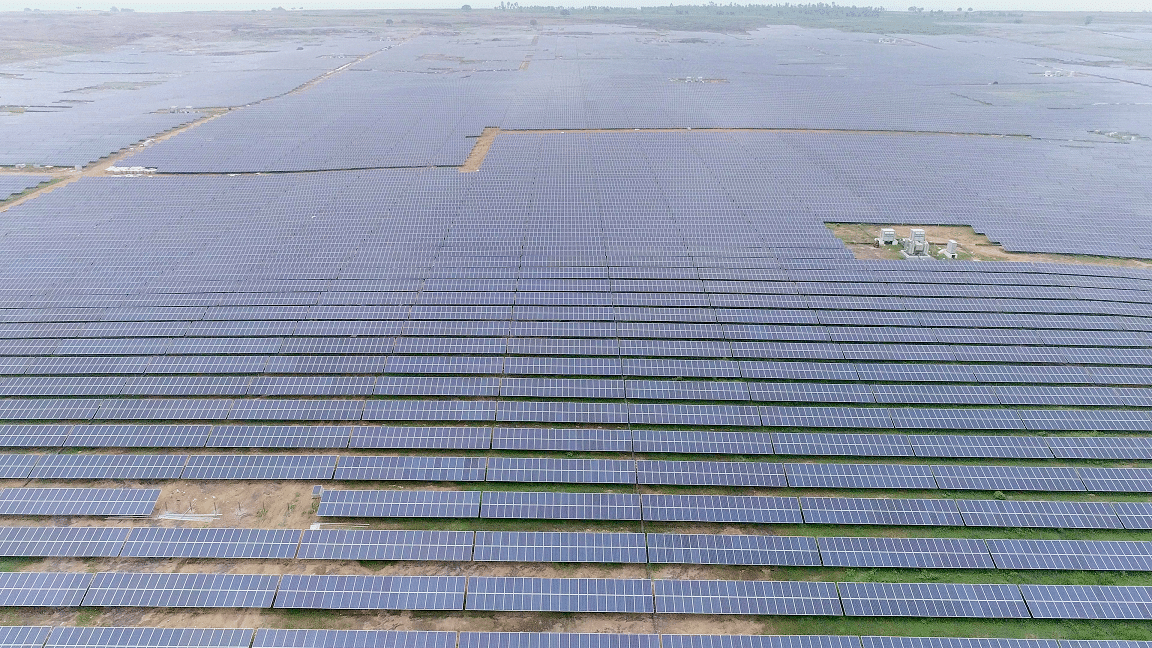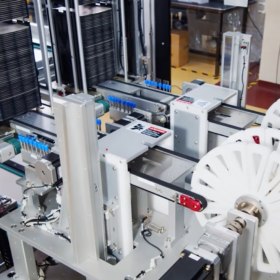India installed 9.7 GW of new power generation capacity during the April–February period of FY2020-21. This has been the lowest annualized addition in twelve years and nearly half of that in the same period of FY2019-20 (April- February), according to Care Ratings.
Conventional energy sources recorded a sharper decline (54% y-o-y) in annual capacity addition than renewable energy (47% y-o-y).
The analysts attributed the lower capacity addition to supply-side disruptions (which slowed movement of inputs and led to an increase in their prices), labor shortages, and the constrained finances and liquidity pressures faced by the developers triggered by the lockdown. Import restriction on the inputs aggravated the problems for solar power developers.
Solar led the addition
The nation added 6.2 GW of renewable energy generation capacity during April-February of FY2021 against 3.5 GW of conventional energy.
Solar led the capacity addition, accounting for 48% (4.7 GW) of the 9.7 GW of new installation (renewable plus conventional).
The cumulative solar power generation capacity currently stands at 39 GW. Coal-based power, which is the dominant source of electricity in the country with 53% of the total generation capacity, added 3.1 GW to generation capacity in the eleven months to February 2021, taking its total installed capacity to 201 GW.
Of the total domestic electricity generation capacity of 379 GW, the installed capacity of conventional energy is 286 GW (75% share in total) and that of renewable energy 93 GW (25% share).
This content is protected by copyright and may not be reused. If you want to cooperate with us and would like to reuse some of our content, please contact: editors@pv-magazine.com.









Freyr Energy was founded on the principles of making solar energy affordable and accessible for everyone. In order to make adoption of solar energy a reality at the grass-root level, we have identified that consumer awareness, affordability and accessibility play an integral role. With our innovative platform, SunPro+, our extensive channel-partner network and our efficient service we ensure that these three factors are addressed to make sure your venture into solar energy is hassle-free. Best solar company in Hyderabad,